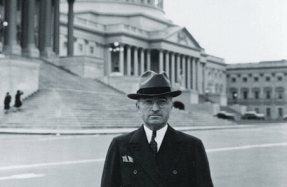FLOATPLANE BEYOND THE NORM
Sep 03, 2019
3 minutes
BY ROBERT GUTTMAN

uring the 1920s and ’30s, the Imperial Japanese Navy became fixated upon how to defeat a numerically superior U.S. Navy if war broke out in the Pacific. Its solution was a defense-in-depth in which the U.S. Pacific Fleet would be whittled down by Japanese submarines, long-range aircraft and destroyers, before finally being destroyed by its Combined Fleet in the western Pacific. Complementing that effort would be aircraft operating from Japan’s island possessions, which combined airfields for landplanes with seaplane bases. The
You’re reading a preview, subscribe to read more.
Start your free 30 days





